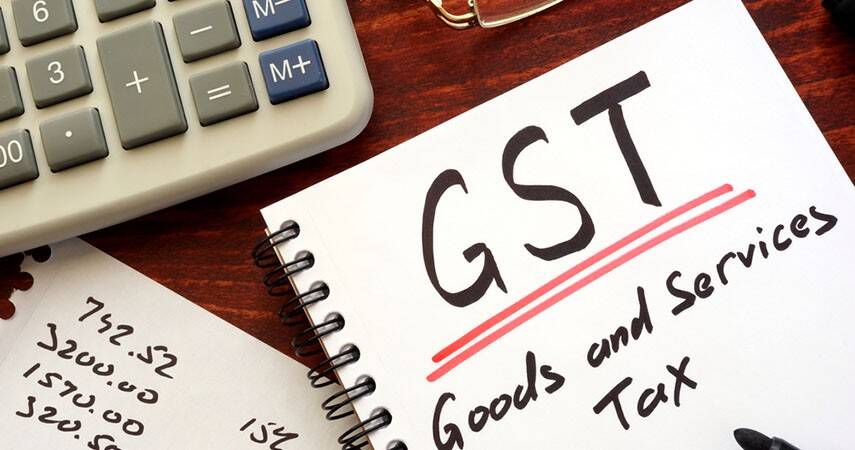Here are the lists of hits and misses GST over the period of one year:
Hits
Economic Survey 2017-18: About 9.8 million new businesses registered themselves under GST, being able to push the cause of one nation, one tax and streamline the process.
Benefits with real estate have been noticed. GST law has hiked the margin of contractor/developer by removing several taxes. However, mid-segment and luxury housing may not have benefited much, but GST has marginally decreased prices for affordable housing owing to input tax credits.
Those eligible for a credit-linked subsidy scheme will be entitled to interest subsidy.
Experts depict that real estate may indirectly benefit.
Misses
Those items at risk of tax inversion must be reviewed. For example, electricity and petroleum.
The GST Law Review Committee has declared 180 issues to be taken up by the GST Council.
The World Bank says that India’s GST system is the toughest tax slabs with the highest number of tax slabs. Administrative tax compliances may have increased, ultimately becoming a tax burden on firms.
GST rate of 28 percent on construction materials has impacted the real estate industry as a whole. This may be revised to 18 percent slab.
Those businesses with an annual sales of Rs 1.5 crore fall under the GST net, eligible to deduct input tax credit.
According to GST rules, for business setup in more than one state is liable to register for GST individually for each state. This rule has made GST filing complex.
Fake invoices may have been generated to show goods that were never supplied leading to some claiming input tax credit when in reality they are not eligible.
Out of 1.11 crore registered businesses only 1 percent pay 80 percent of GST of taxes, which depicts that GST may have failed to check into frauds.
Other countries Facts
France and UK have multiple rates for different goods just as in India
Canada reduced GST rates from 7 percent to 6 percent in 2008.







